Over the past two millennia, London has witnessed dramatic historical events and some of the most interesting royal families you’ll come across in European history books. With so much history, culture, and global influence, it’s no wonder that London is one of the world’s top tourist destinations.
Among the huge variety of London attractions, many sightseers naturally gravitate toward the city’s royal palaces – former homes of fascinating figures like Henry VIII, Edward V, and Queen Victoria.
Keep reading to learn about seven royal palaces in London and the part they’ve played in England’s rich history.
7 Royal Palaces to See in London
Kensington Palace
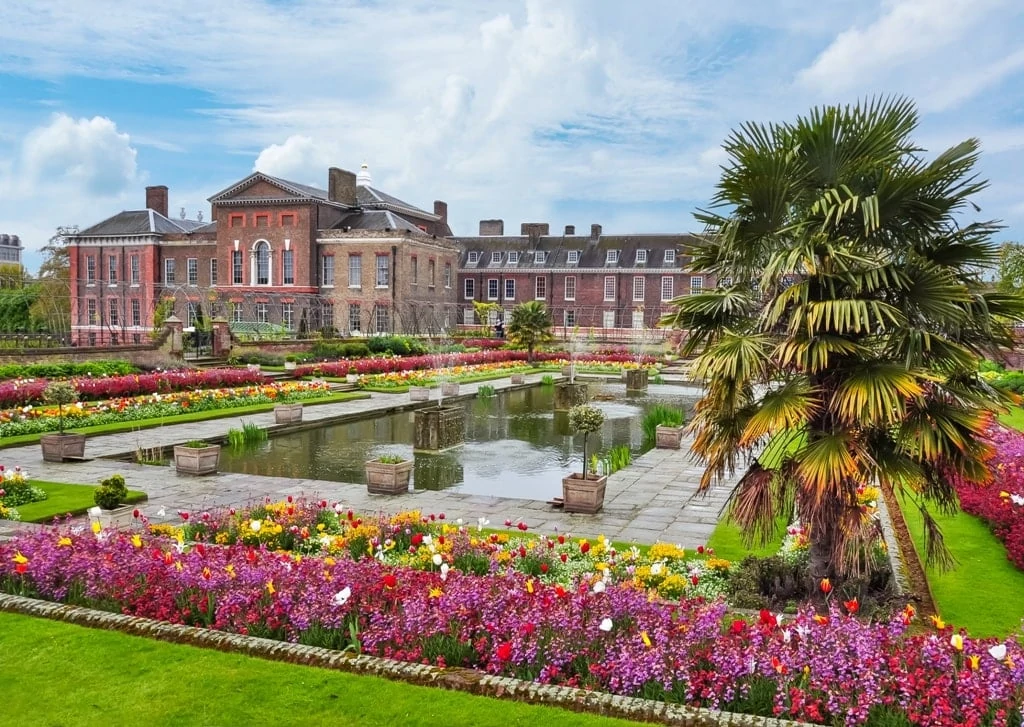
Kensington Palace began its tenure as a royal residence in the 17th century and is still the home of royals today! Namely, the Duke and Duchess of Cambridge, Princess Eugenie and her husband, and Prince and Princess Michael of Kent all call Kensington home.
Although the royal family doesn’t simply welcome the general public into their private residences, Kensington’s staterooms have been open to the public since 1899 and are used to display sculptures and works of art. Visitors can also see the rooms where Queen Victoria spent time as a young girl.
The Banqueting House (the remnant of Whitehall Palace)
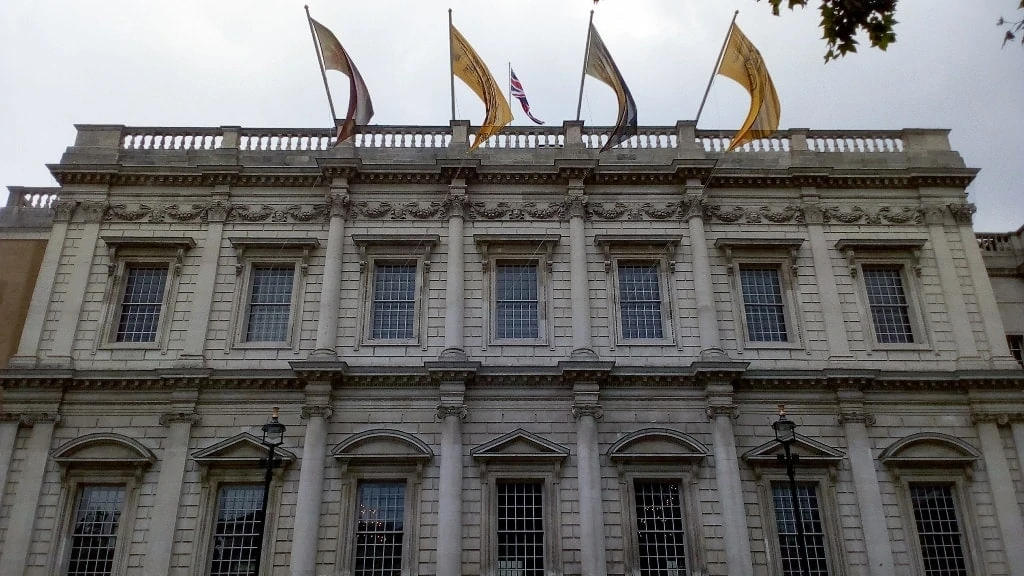
The Banqueting House is sadly the last standing portion of Whitehall Palace, which witnessed some turbulent portions of British history. English monarchs resided in Whitehall from 1530 to 1698 and it was the first building completed in the neo-classical style, which became extremely influential in English architecture.
The actual banqueting house was not completed until 1622. Less than three decades later, the English built an execution scaffold in front of it for the beheading of King Charles I.
According to one observer, the crowd moaned at the spectacle and some of them dipped handkerchiefs in the dead king’s blood. Today the Banqueting House is a peaceful tourist attraction and national monument.
Buckingham Palace
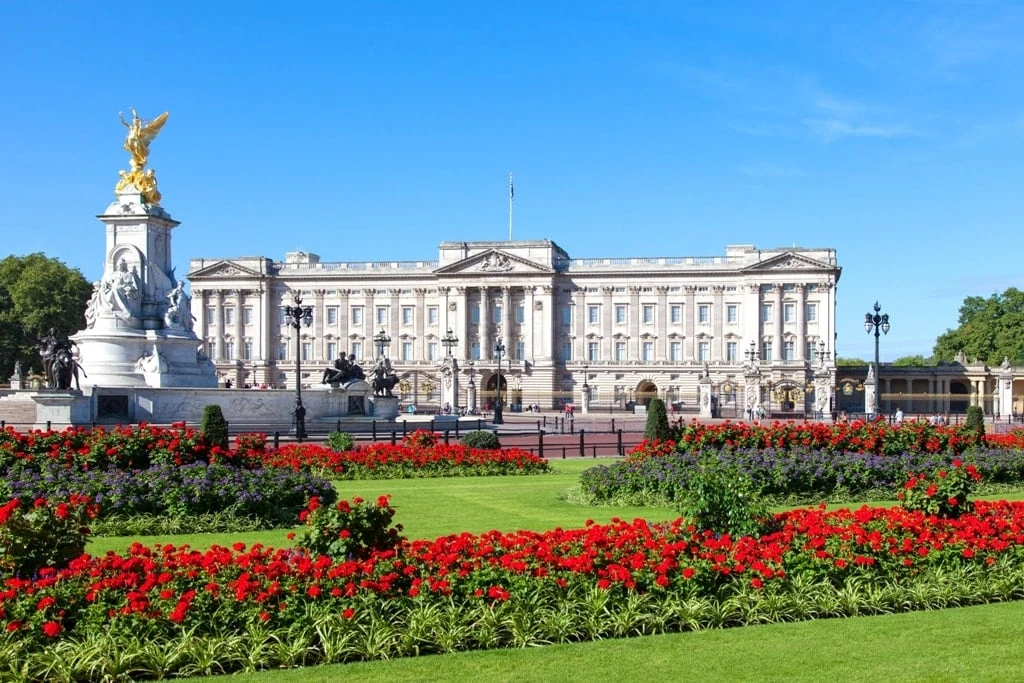
Buckingham Palace may be the most famous and most recognized of the royal palaces in London. It was originally a townhouse called “Buckingham House,” but was expanded into a palace in the 19th century.
It has been the London residence for British monarchs since Queen Victoria assumed the monarchy in 1837. Buckingham was bombed nine times during World War II and at one point was significantly damaged, but Queen Elizabeth supposedly said “I’m glad we have been bombed. Now I can look the East End in the face.”
The 40-acre palace garden is the largest private garden in London, featuring a lake, a tennis court, and a helicopter landing area. But you won’t get to explore it unless you are invited to one of the queen’s famous garden parties – only Buckingham’s staterooms are open to the public.
Palace of Westminster
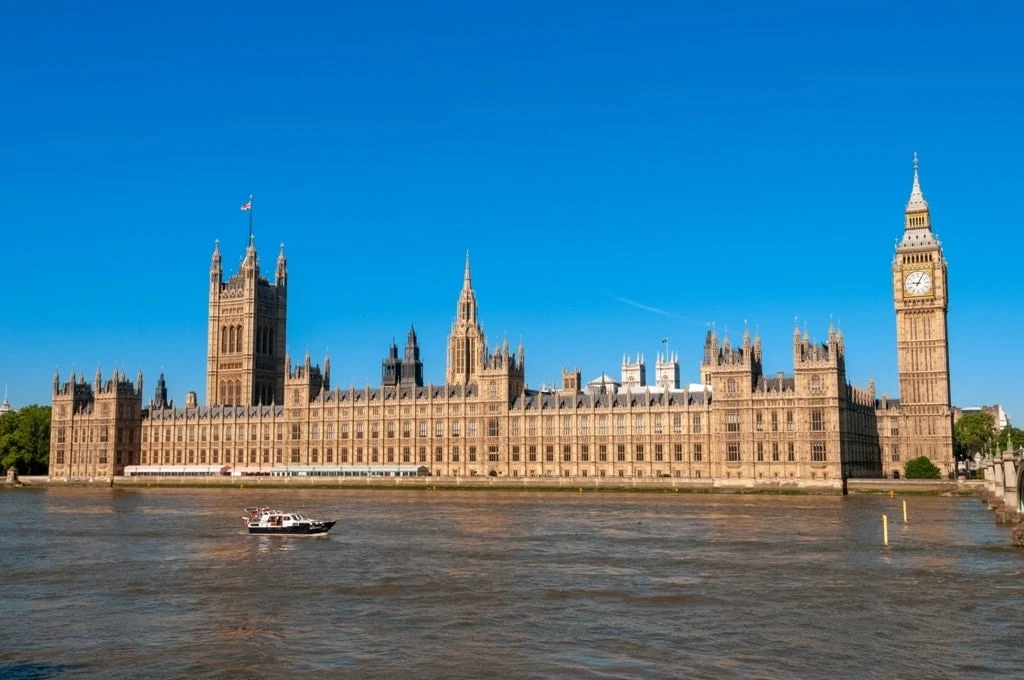
Also called the Houses of Parliament, the Palace of Westminster has the most important political functions of the royal palaces in London, as home to the House of Commons and the House of Lords.
The site had a royal palace that served as the primary residence of British monarchs from the 11th to 16th centuries. The royals eventually moved on to newer palaces, such as the Palace of Whitehall, but the Palace of Westminster continued to be the home of the British parliament.
Its long history, unfortunately, includes two major fires that destroyed a great deal of the structure in 1512 and 1834. Bombing during World War II also damaged the palace significantly.
The most widely recognized part of the Palace of Westminster is the Elizabeth Tower, which houses the famous bell known as Big Ben. Many visitors come and admire the exterior of Westminster Palace but there are also various ways to visit certain rooms on the inside.
St. James’s Palace
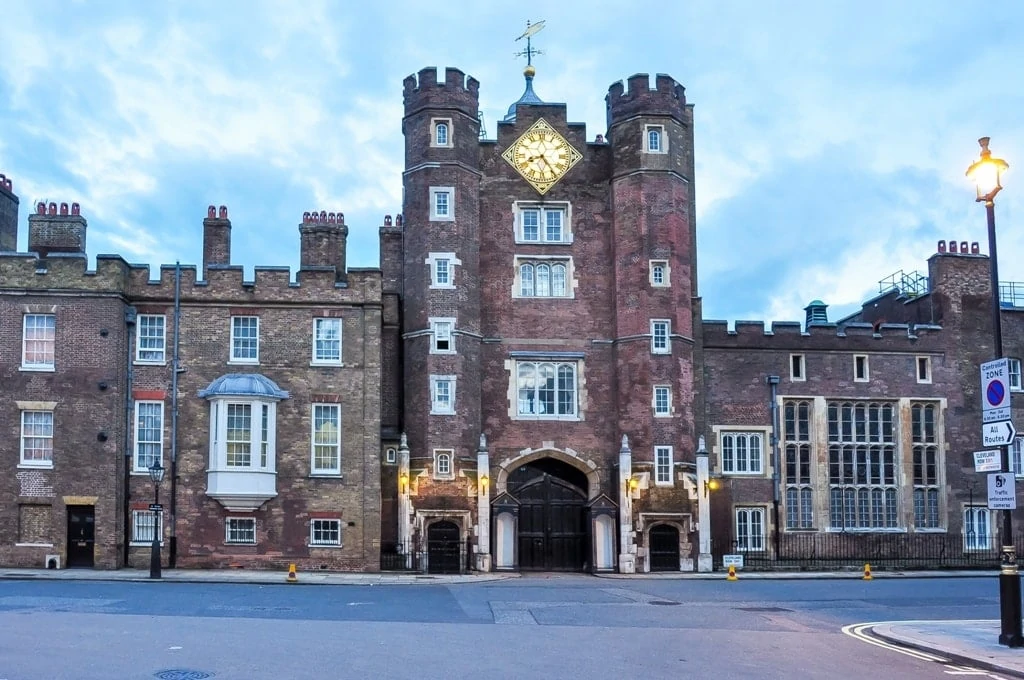
Dating back to the sixteenth century, St. James’s Palace will delight lovers of British royal history. King Henry VIII commissioned the palace on the spot of a former leper hospital as a royal escape from the formality of court life.
Although it declined in popularity after the building of Buckingham Palace in the eighteenth century, St. James’s Palace remained important as a site for formal events.
Today, it continues to host events as well as being the home of certain members of the royal family and housing several important offices.
Hampton Court Palace
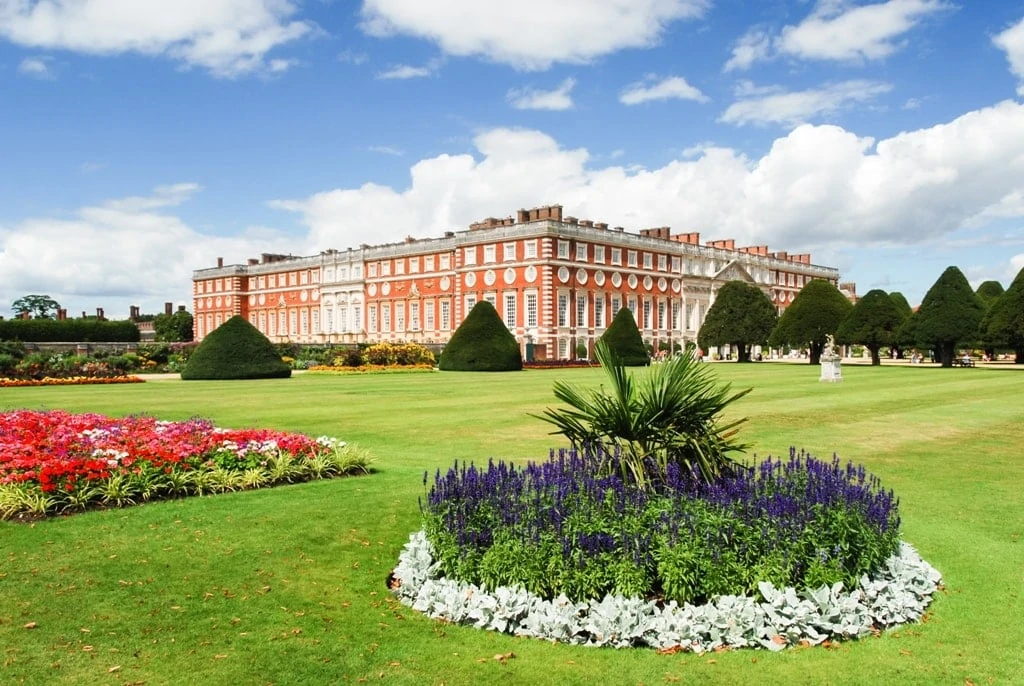
Hampton Court Palace is a bit further from central London, located in Richmond upon Thames, but you can easily reach it by train or bus. It’s particularly worth the trip for those who love Tudor history: Hampton Court is the only surviving palace other than St. James Palace that was owned by the infamous Henry VIII.
The palace was originally intended for the favoured Archbishop Thomas Wolsey, but he gifted it to Henry VIII after falling into disgrace.
The king significantly expanded the original palace, which became one of his favourite residences. In the 17th century, William of Orange destroyed some of the palace’s Tudor architecture in favour of the Baroque style, but the palace is still unified by the use of pink bricks and general symmetry in its design.
Tower of London
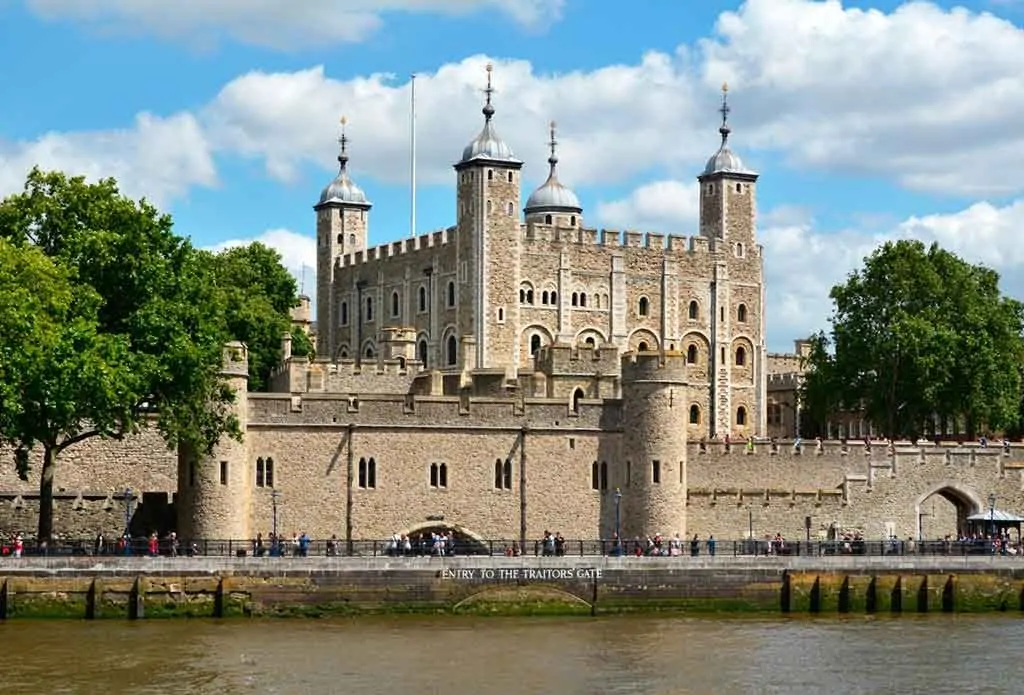
Sitting on the north bank of the Thames, the Tower of London is both a castle and a palace. In fact, it’s official name is “Her Majesty’s Royal Palace and Fortress of the Tower of London.” But it’s history and relationship with monarchs is quite varied and controversial.
It was originally part of the White Tower, built by William the Conqueror when he took over England in the 11th century. Londoners initially saw the tower as a symbol of oppression and it was used as a prison for the majority of its history.
Tower prisoners included disgraced religious figures, perpetrators of organized crime, and even rightful royalty and heirs to the throne. Yet the tower was often a royal residence and several monarchs expanded its original structure.
Today the memories of prisoners and royal residents are in the distant past, with tourism as the tower’s primary purpose. It became a UNESCO World Heritage Site in 1988.
